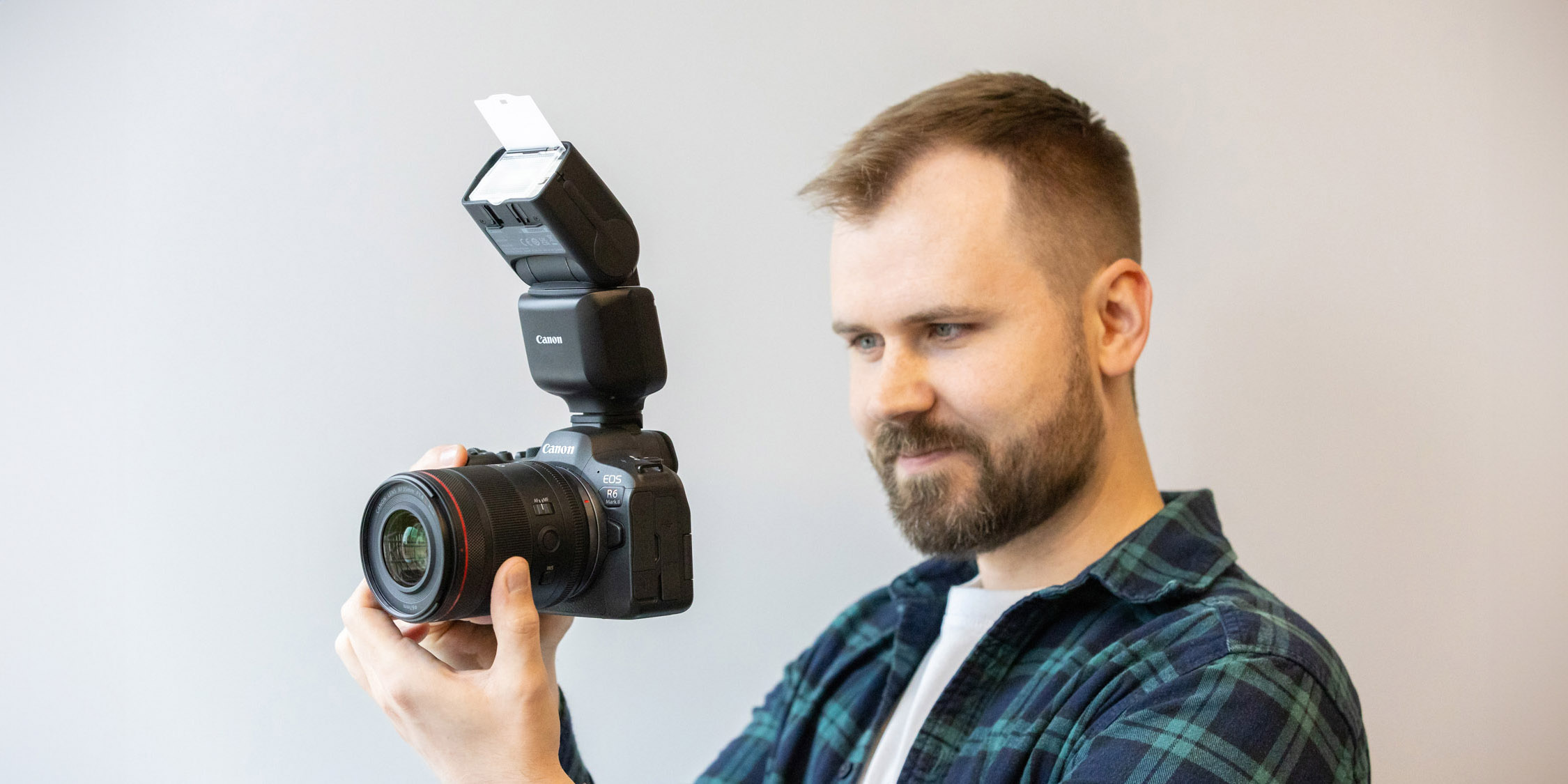
Despite the growth of LED lights, you can't beat a good flashgun – and the Canon Speedlite EL-10, successor to the 430EX RT-III, is a very good flashgun.
The arrival of the EL-10 extends the company's range of Speedlites to four. First up you have the entry-level EL-100, the EL-10 now sits above it, then it's the more advanced EL-5 and finally you have the flagship EL-1.
The Canon Speedlite EL-10 sits between the EL-100 and EL-5 both in terms of features and price, offering a solution for those looking for more advanced features than the former but with budgets that don't stretch quite as far as the latter.
As one of Canon's brand-new Speedlites, the EL-10 gets the 21-pin Multi-function foot treatment, which allows for reliable and fast communication with the host camera body. In the case of the EL-10, it makes it possible for a trio of Custom modes (C1, C2, and C3) to be set and saved via the attached camera body.
Currently, Canon’s only R-series cameras with compatible Multi-function shoes are the EOS R3, R6 Mark II, R7, R8, R10 and R50 – though I strongly suspect that all future Canons will move to the new shoe. It does, however, mean it's not compatible with older Canon DSLRs, and even the full-frame mirrorless models like the original EOS R and R5 which use the traditional five-pin hot shoe – though there is an adapter (the AD-E1), it's a bit of a janky solution.
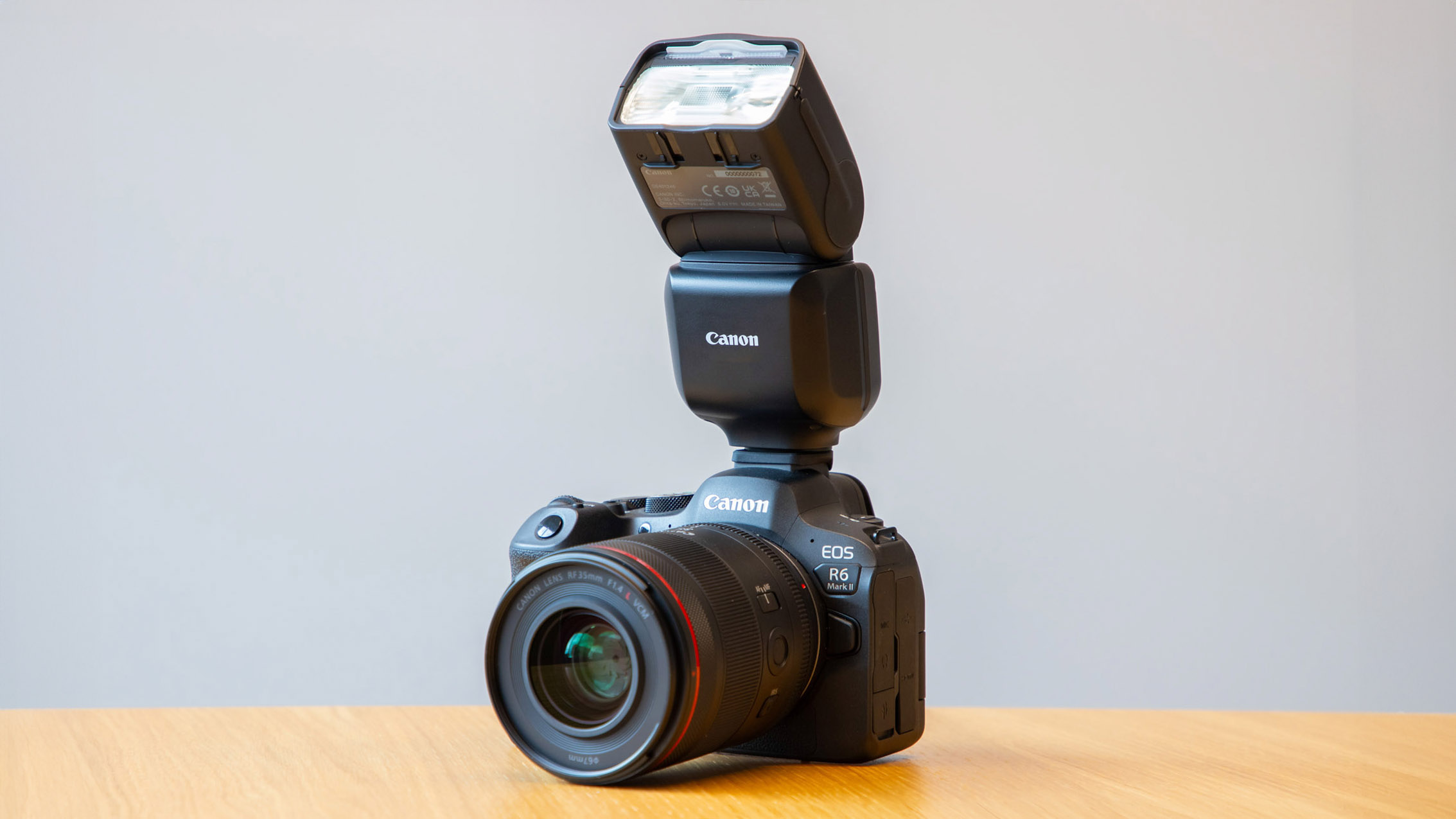
Canon EL-10: Specifications
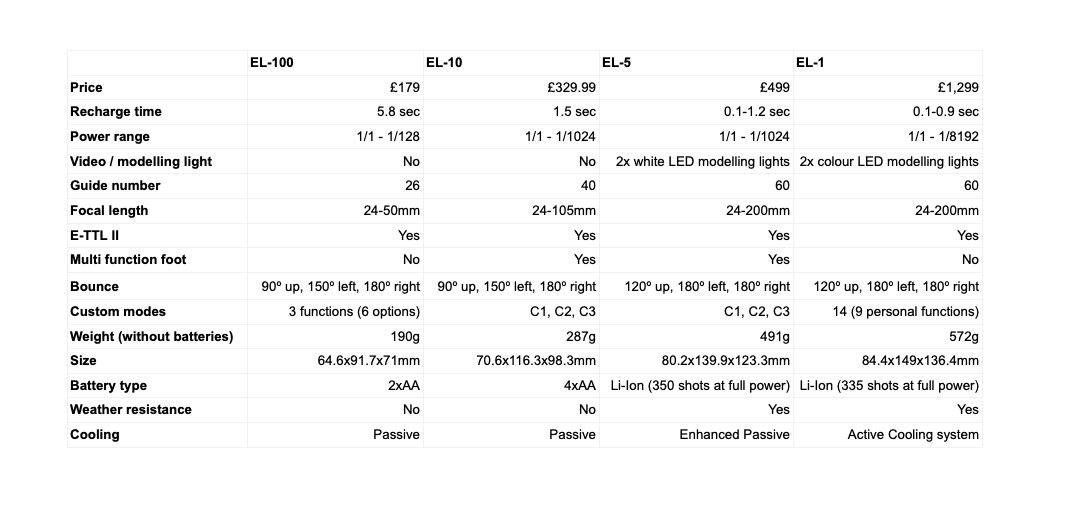
Canon EL-10: Key features
The most noteworthy features for the EL-10 on its spec sheet are that it's small and portable (the same size and weight as the 430EX RT-III), it runs off four AA batteries (which can be more convenient than having to recharge a lithium-ion cell) and has a recycling speed of just 1.5 secs at full power – that's almost four times faster than the EL-100.
E-TTL II is boasted for easy 'Through The Lens' shooting, where the Speedlite cleverly works out the correct flash power needed for you. Flash Exposure (FE) memory is another feature inherited from the flagship EL-1, enabling users to combine the convenience of E-TTL Auto with the consistency of manual flash exposures.
So that’s many of the key specs covered, but what does the EL-10 leave on the cutting room floor? Well, just like its 430EX RT-III predecessor, it features no weather or dust resistance, and it omits an Infrared AF Assist beam – Canon claiming that the autofocus is good enough on new mirrorless cameras to not need it in low light.
It also loses the sensor used for optical remote firing, so triggering your flash remotely is natively restricted to radio, though Canon says this is more reliable.
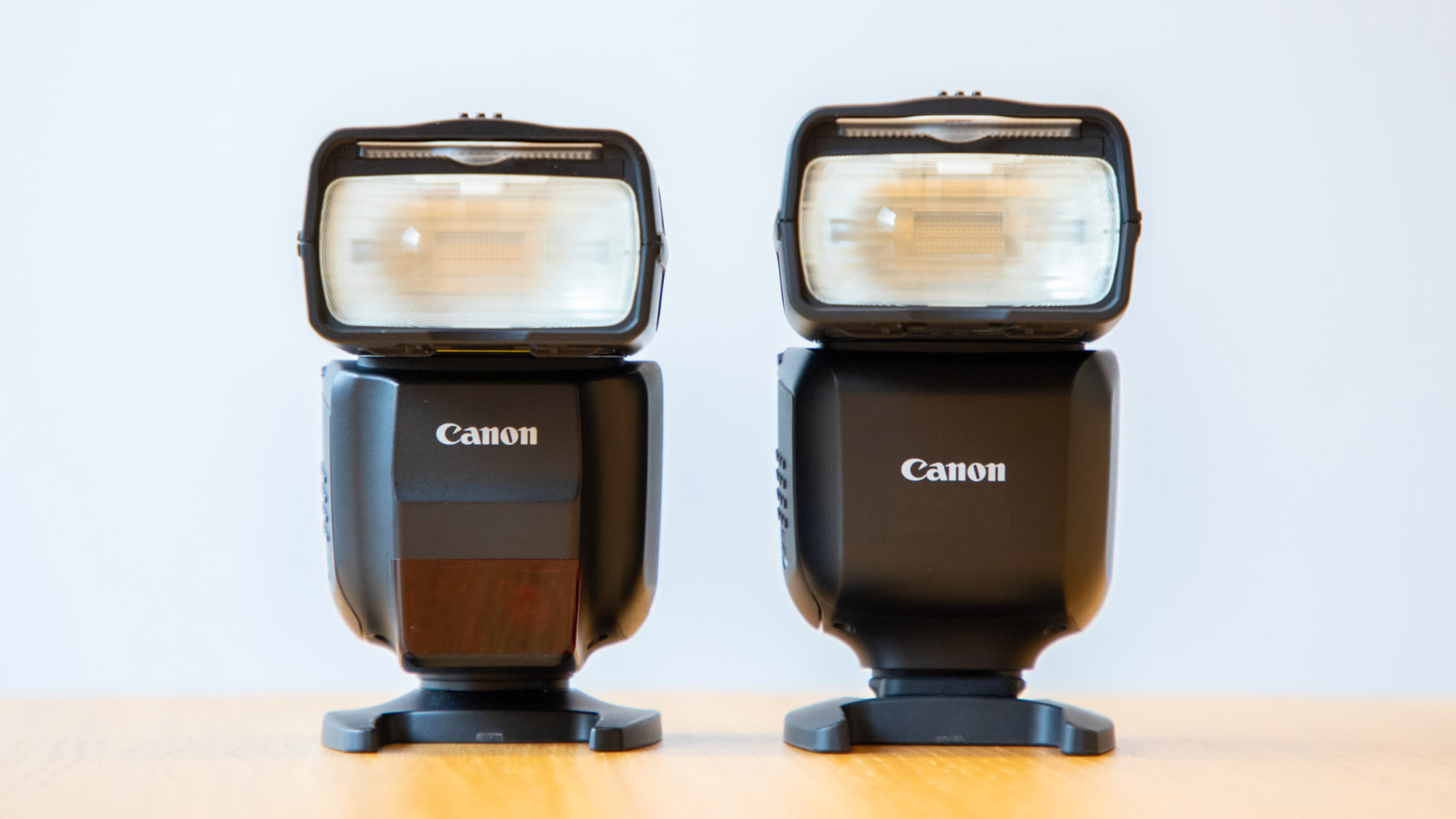
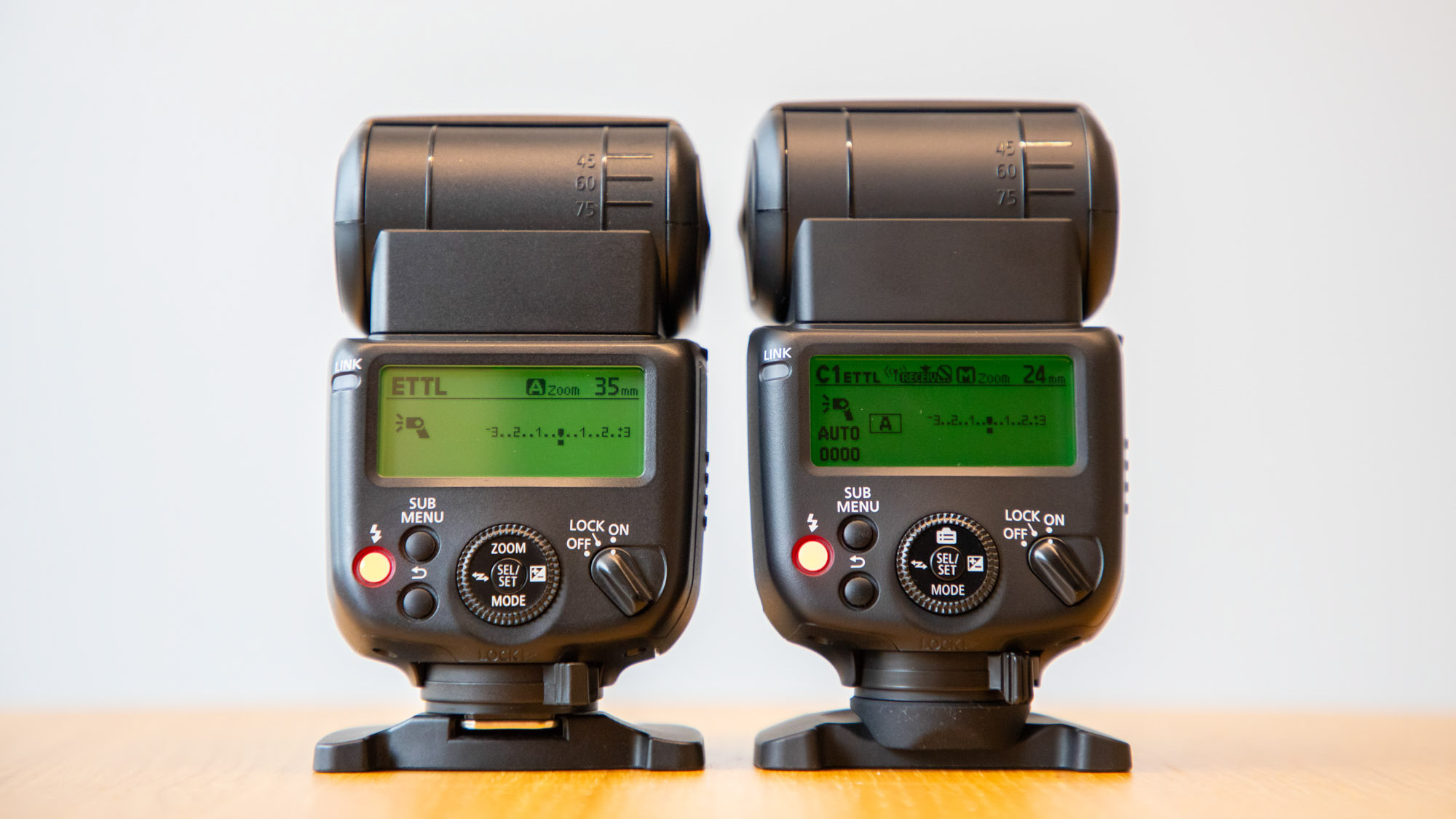
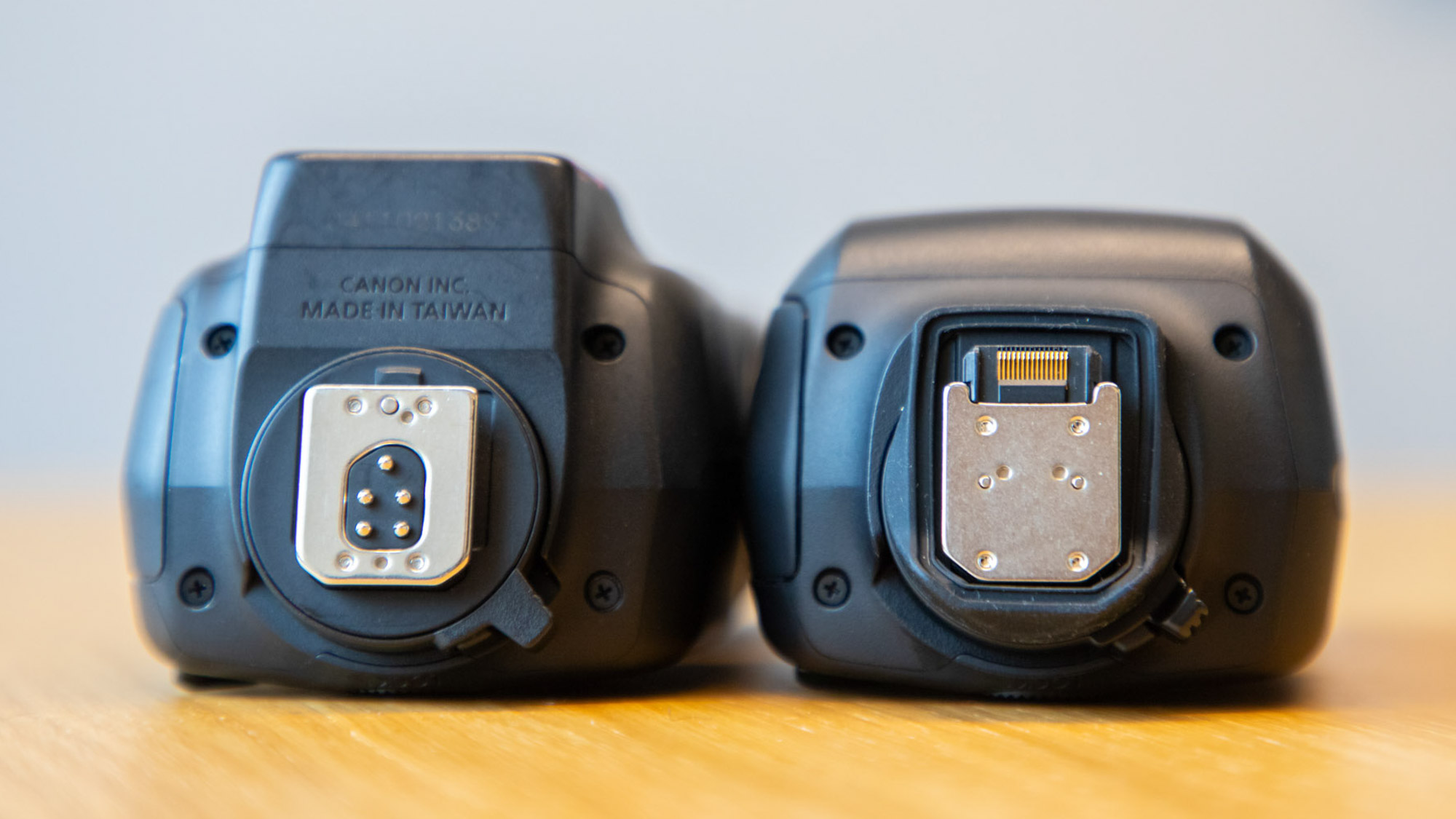
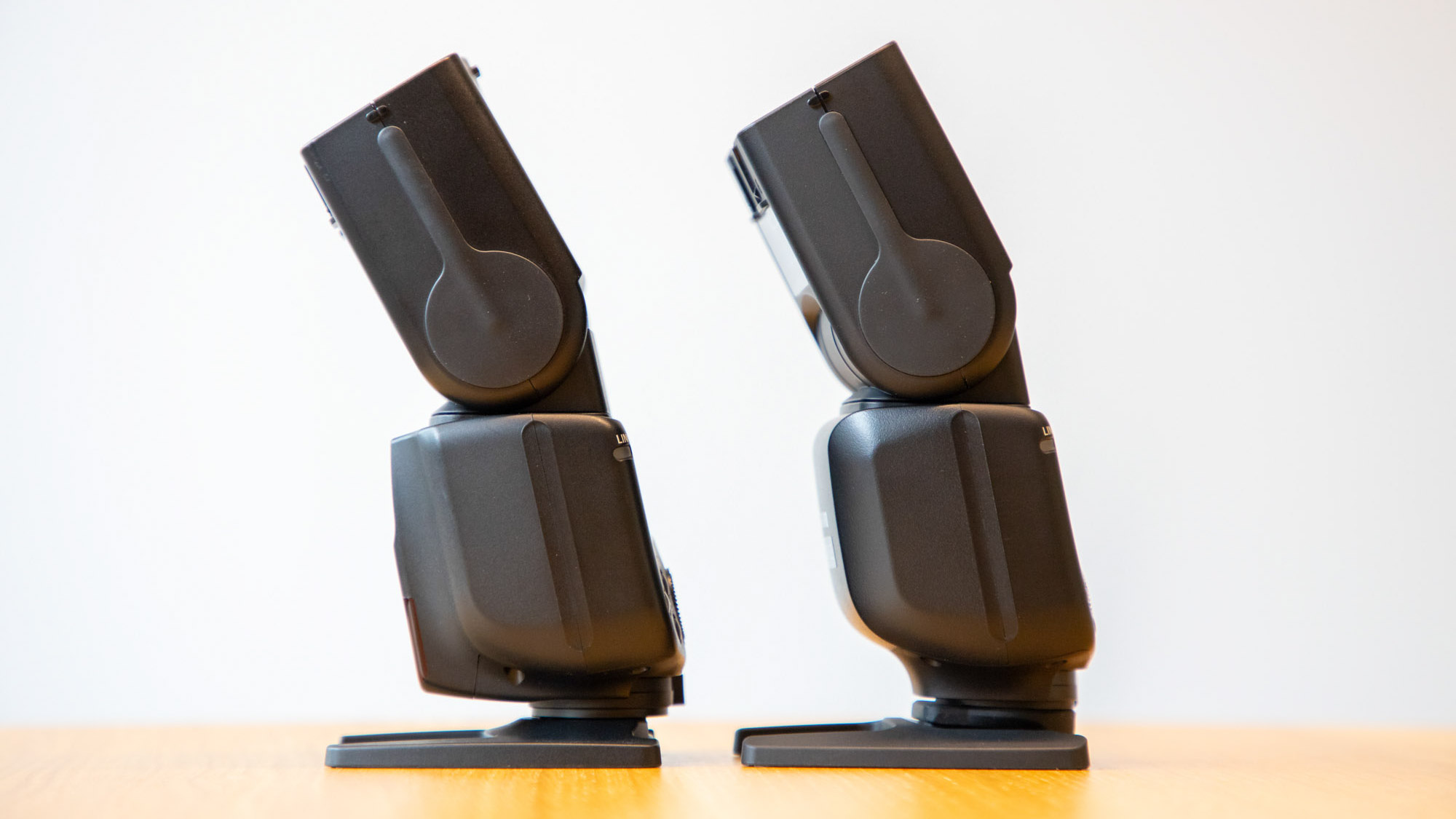
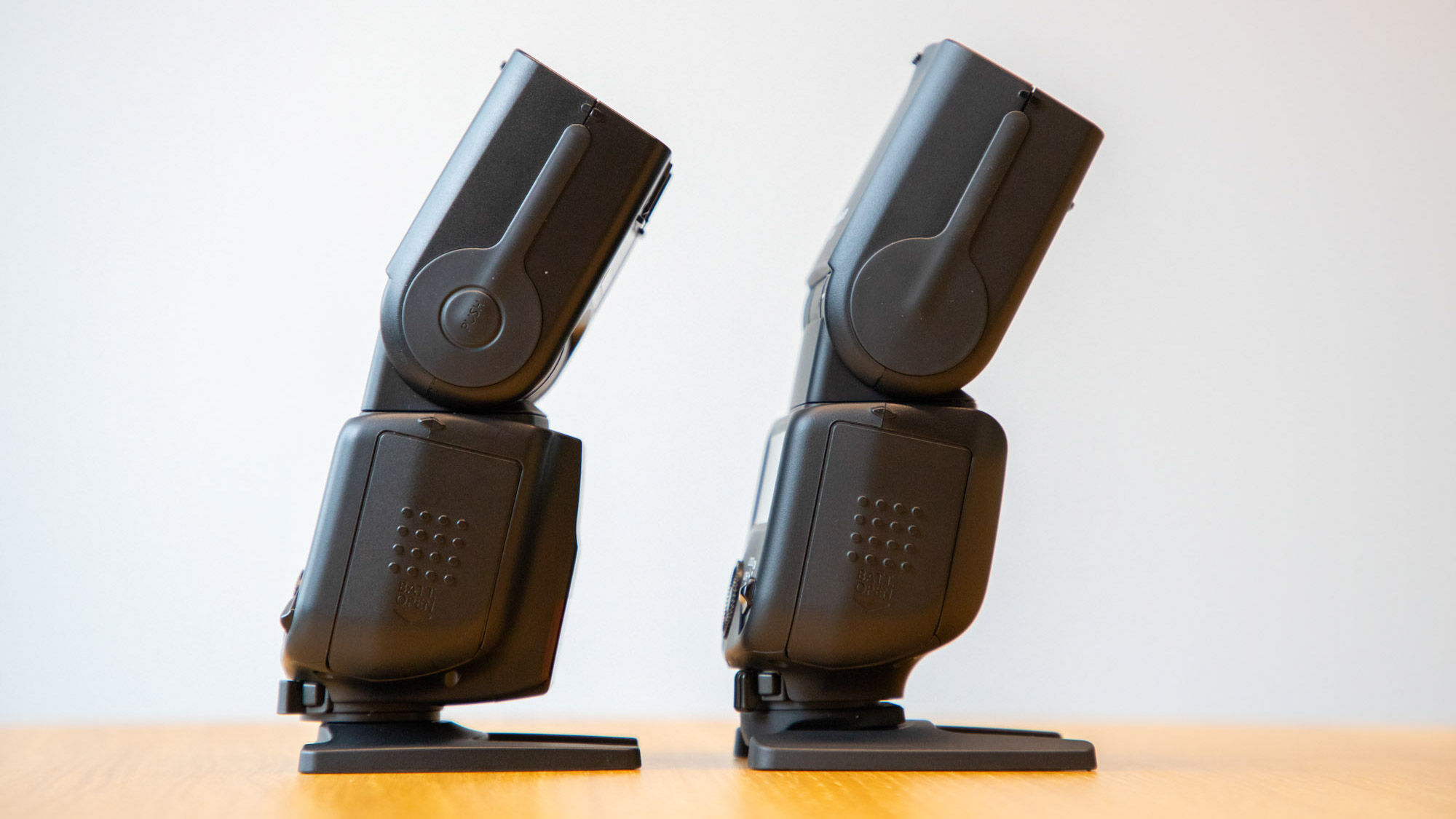
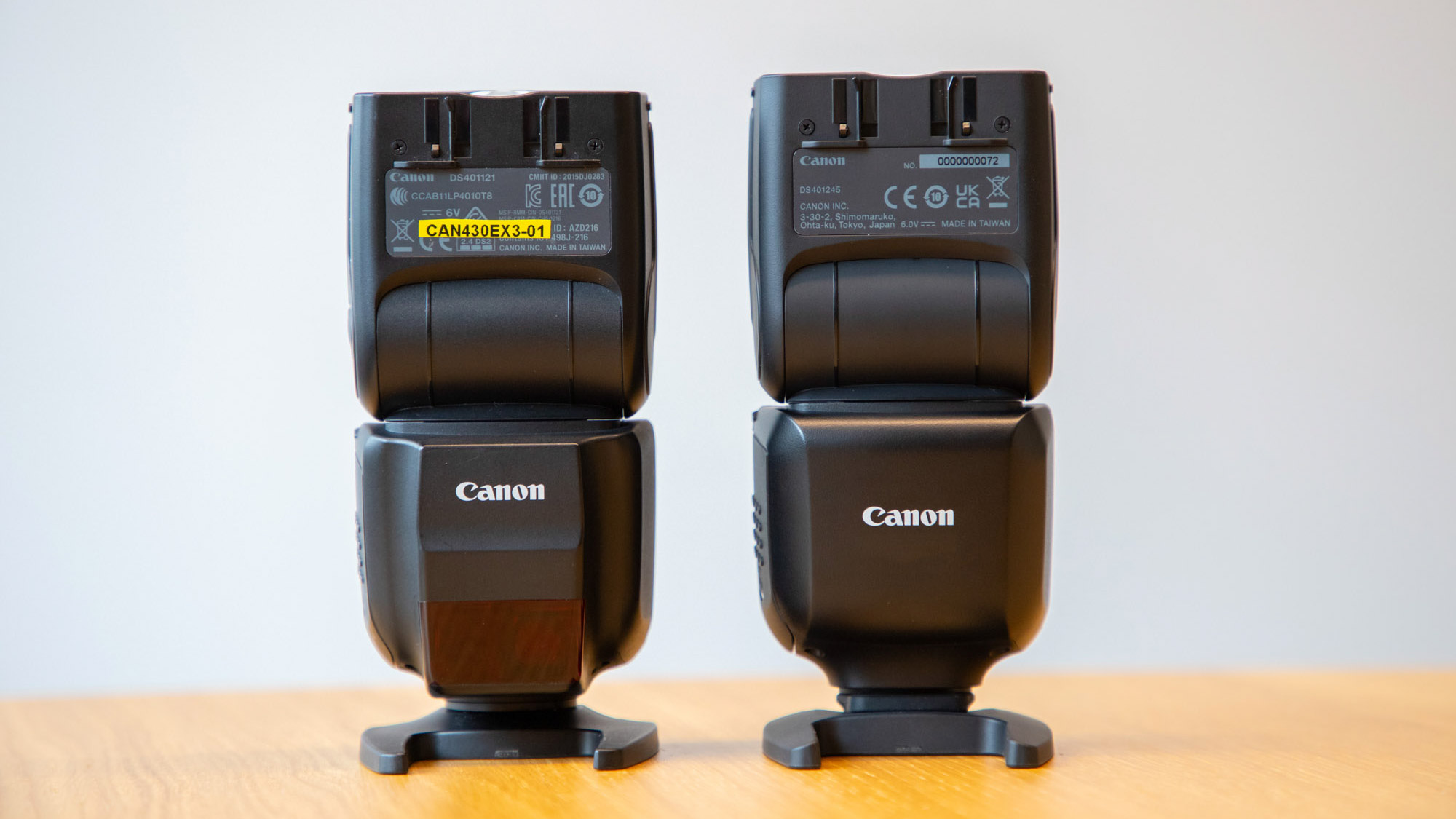
Canon EL-10: Build & handling
The EL-10 is very portable, with dimensions of 70.6 x 116.3 x 98.3mm and a weight of just 287g without batteries. So it could be a great option for those looking for a more compact unit than the EL-5 and EL-1, but also looking for more power and better features than the most basic EL-100.
The EL-10 shares the same head bounce rotation as the EL-100, which is 90º up, 150º left and 180º right. It's not quite as nimble as Canon's EL-5 and EL-1, which can rotate by 120º up, 180º left or 180º right, but we imagine it will be agile enough for most situations.
One missing feature worth pointing out is there's no push-button lock on the flash head, which needs to be pressed before you can tilt or swivel the flash head. This could be seen as a positive or a negative, depending on whether you like the security of the lock or you found it got in the way when you needed to adjust the flash position quickly. It does, however, feature a sliding lock mechanism that needs to be clicked into place to attach or release the flash to the hot shoe – which is a nice touch.
As with practically all modern flashes, the EL-10 comes with both a bounce card and a wide-angle diffusion panel to help users sculpt the flashlight in more ways. They're retracted into the flash head when not in use. Like the 430EX RT-III, the EL-10 has mounting points on the front of the flash head for gel filters or diffusers to be clipped on.
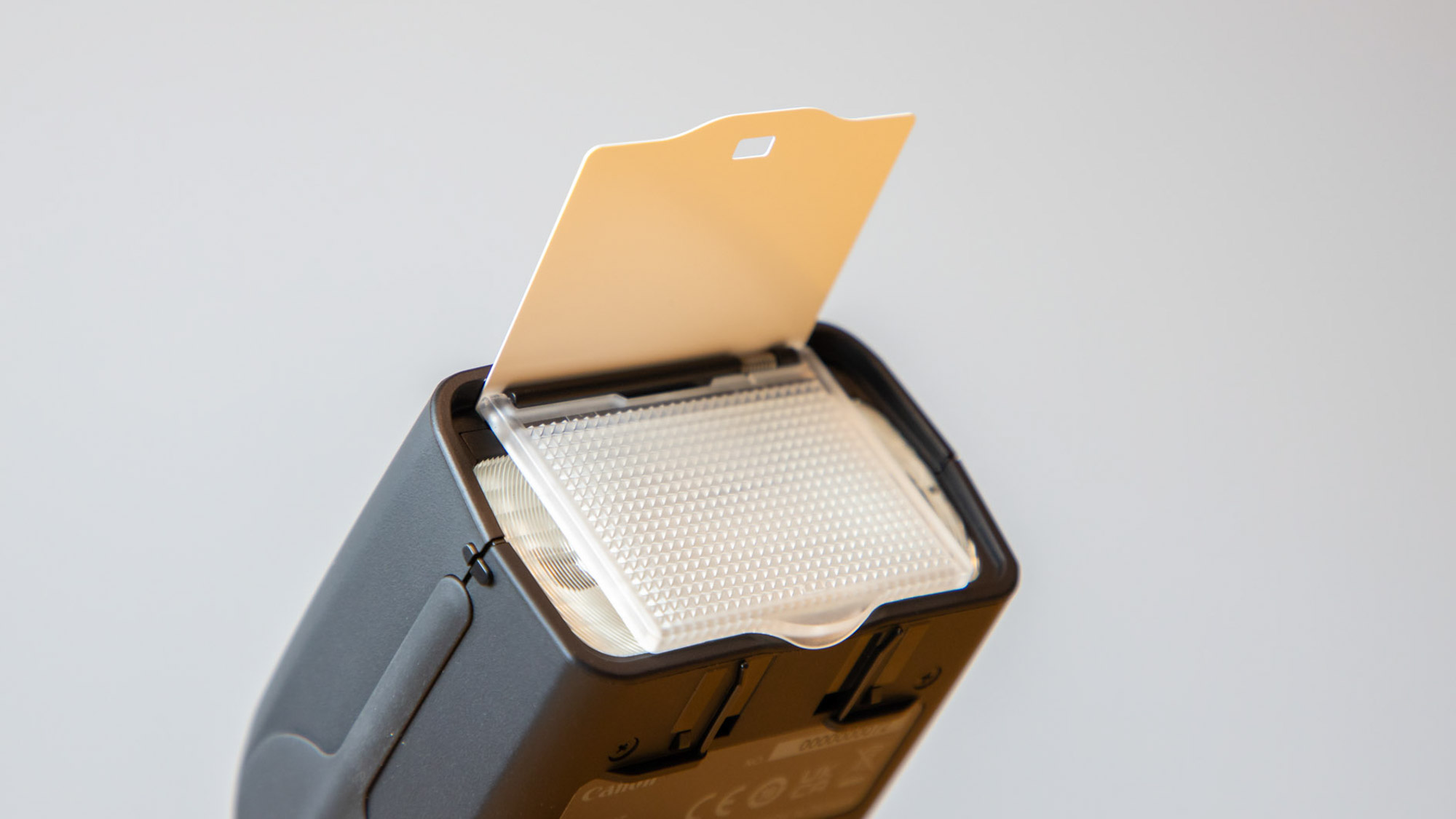
Canon EL-10: Performance
Like the mid-range EL-5, the new EL-10 has a wide range of power settings from 1/1 full power to 1/1024. While it’s not as expansive as the EL-1’s range, which goes down to 1/8192, it’s likely more than enough control for most users.
The EL-10 has a focal length rating of 24-105mm, which is larger than the EL-100’s 24-50mm zoom range, yet not as broad as the EL-5 and EL-1 which both top out at 200mm. The EL-10 Speedlite does come with a 14mm wide panel and a bounce card, though, adding to its versatility.
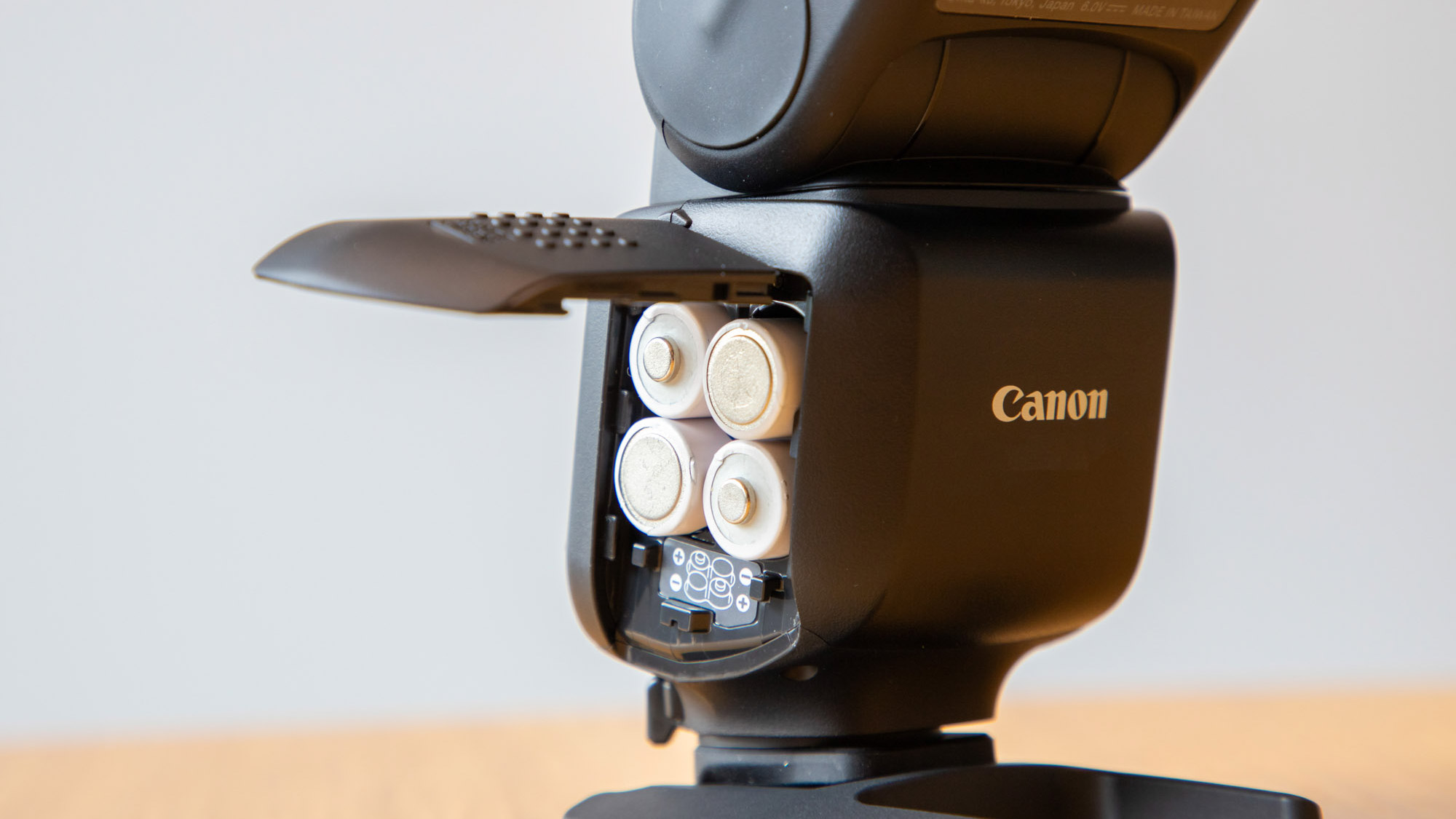
Unlike the EL-1 and EL-5, which both have a top power Guide Number of 60 (ISO100, 200mm), the EL-10 is a little less powerful with a Guide Number of 40, though is still over 50% more powerful than Canon’s most basic EL-100 flashgun.
This is perhaps no surprise, however, as it’s powered by four AA batteries – twice as many as the EL-100 uses. It’s also almost quadruple the speed when it comes to recharging, at just 1.5 secs at full power.
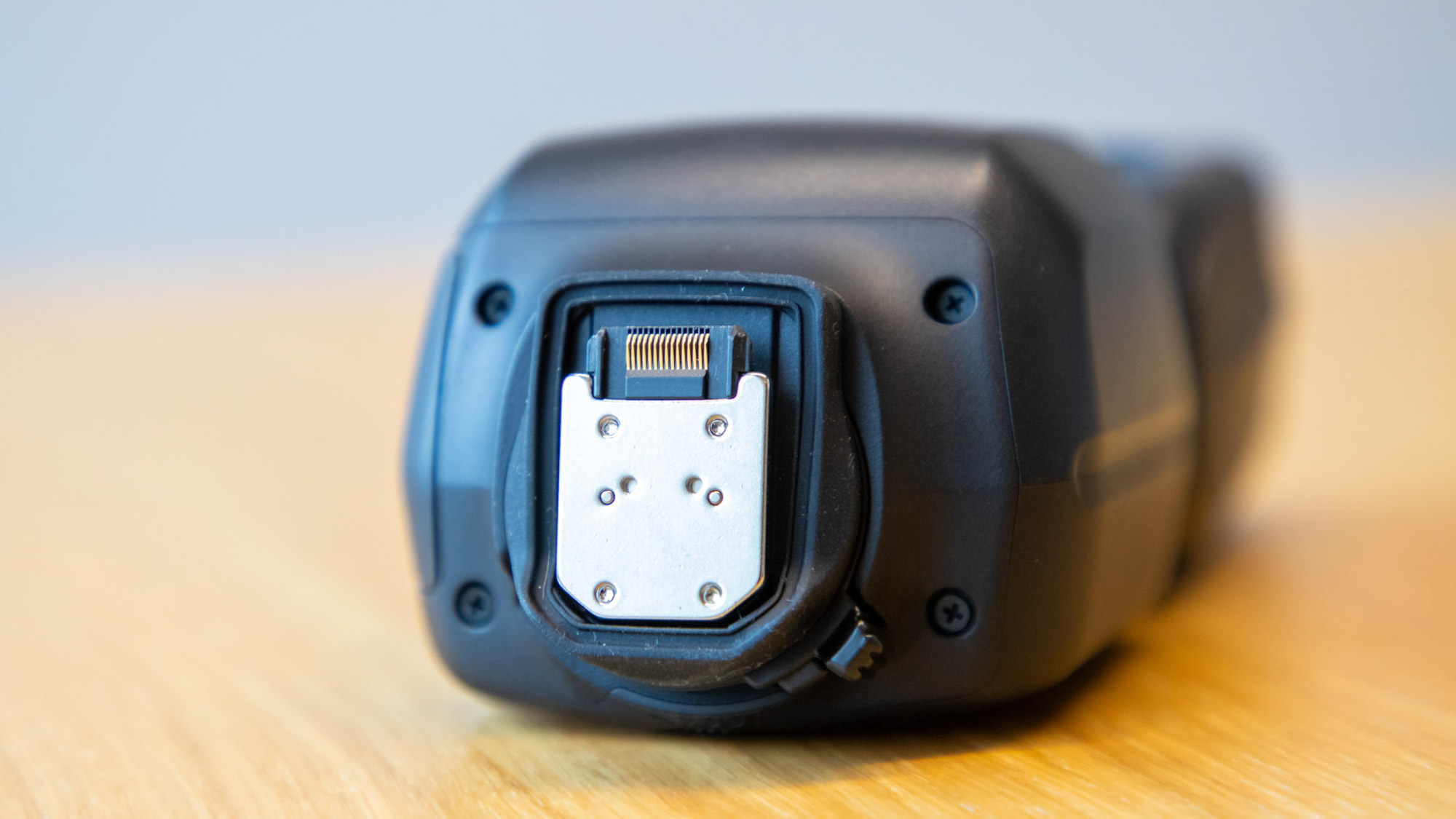
The most notable departure from its 430EX RT-III predecessor is the move to Canon's Multi-function foot. While Canon mirrorless camera bodies with the female Multi-function shoe are cross-compatible with both the new and old style of flashes, the male version found on the EL-10 is specifically only compatible with Canons that feature the corresponding shoe – such as the EOS R3, R7 and so on.
While this isn't strictly a drawback, it is a strange choice considering the EL-10 doesn't really make full use of this technology.
The big advantage of a Multi-function shoe system like this is that the extra pins (21, to be precise) facilitate better communication with the camera body (compared to the 5 electronic connections found on traditional flashes). These extra connections make it possible for peripherals to be powered through the host camera, and eliminate the need for a cable to be run from a microphone to the body – which has always been a messy affair.
However, in the case of the EL-10, the biggest positive of using this new system is the ability to communicate with the camera allowing one of three custom modes to be set so that the camera remembers the next time you attach your flash.
Don't get me wrong, this is undoubtedly a useful feature, but is it a feature worth alienating all those Canon shooters still using DSLRs, EOS Rs, and R5s? The jury is still out on that one. Of course, you can use Canon's AD-E1 adapter to make the EL-10 work with your older Canon, but let's face it – it's not an ideal solution.
Canon EL-10: Early verdict
Photography equipment seems (to me, at least) to be getting more expensive with each passing year. Every lens and camera released now feels like it's more expensive than the last, so it's refreshing to see a more entry-level piece of gear being dropped as it's much needed.
After a brief hands-on with the Canon Speedlite EL-10, I think it will hit a sweet spot with photographers that shoot on Canon's latest mirrorless cameras (with the Multi-function shoe) and require a more advanced flashgun than the basic EL-100.
It has a very respectable spec sheet and slew of features, including 1.5 sec recycle times at full power and a more than usable Guide Number of 40. Although not weather or dust-sealed, it feels solidly built and offers a good range of bounce and swivel options, zoom range and custom modes.
The most controversial feature of the EL-10 will undoubtedly be its Multi-function foot, which will put off many Canon photographers who don't have compatible equipment. But we'd better get used to it, as it looks like this is the shoe Canon will be using going forward both for its cameras and peripherals.
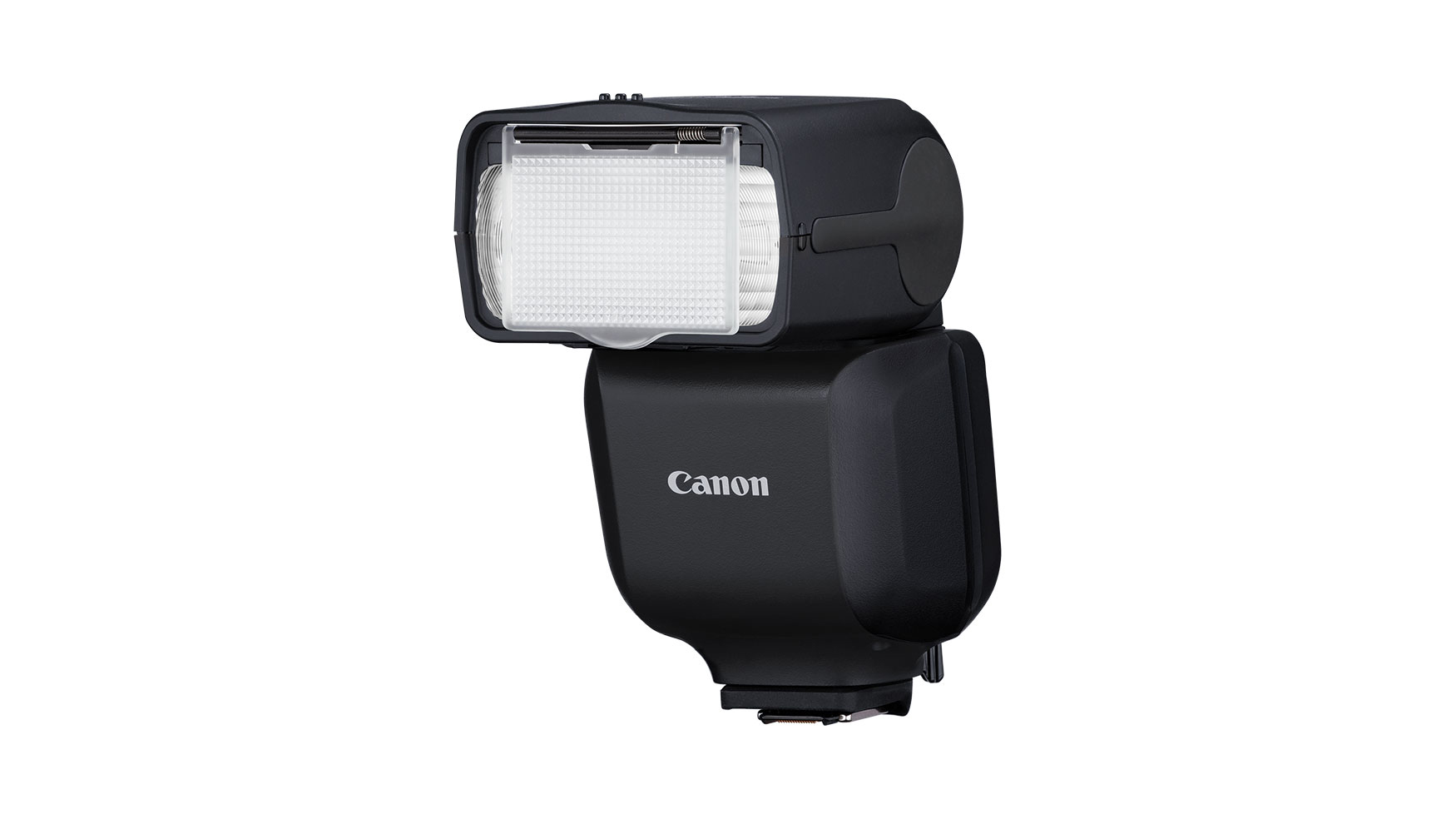
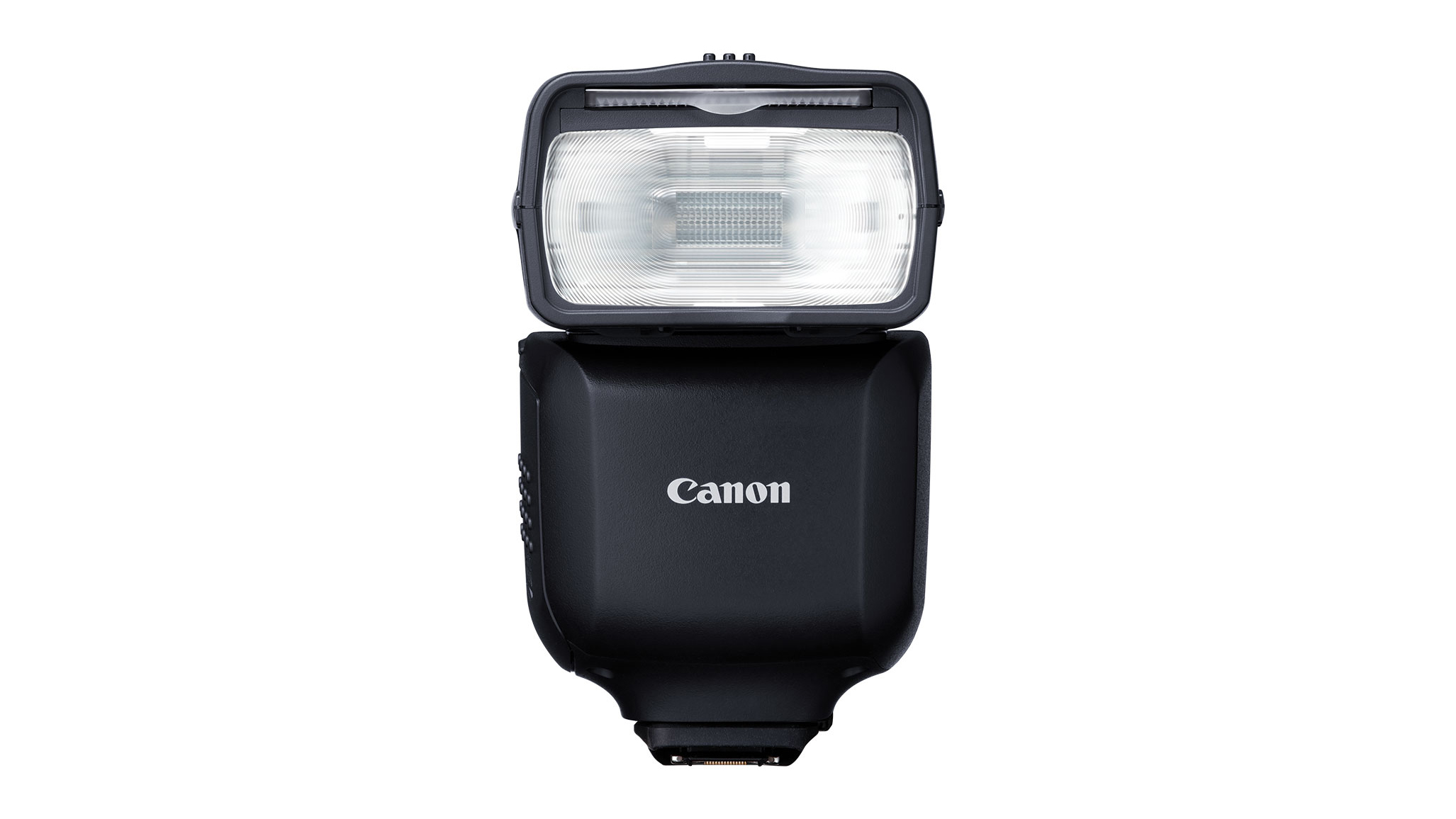
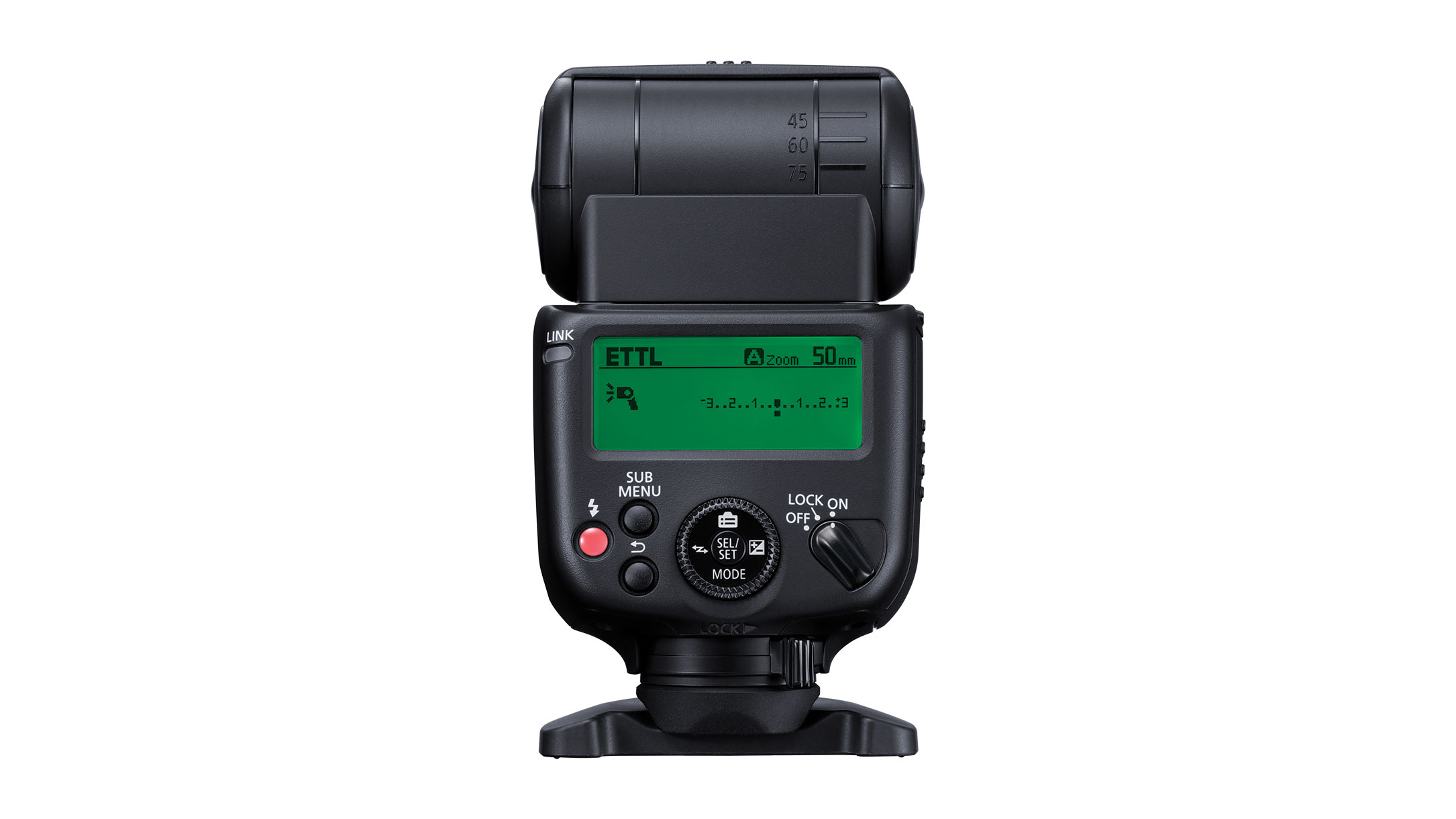
Take a look at the best flashguns on the market today, including the best Canon flashguns. If you prefer continuous lights then check out the best LED light panels.







